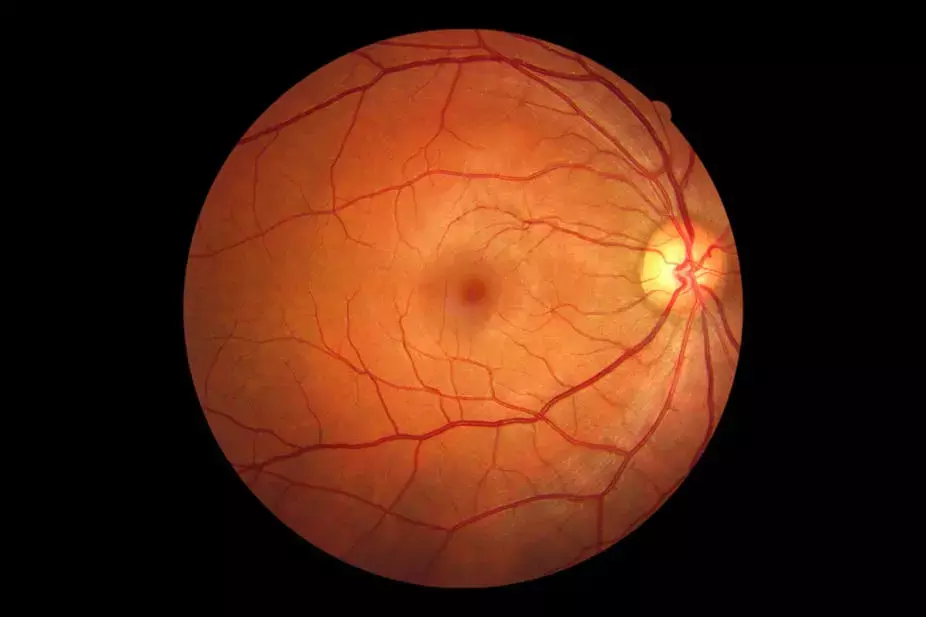- Home
- Medical news & Guidelines
- Anesthesiology
- Cardiology and CTVS
- Critical Care
- Dentistry
- Dermatology
- Diabetes and Endocrinology
- ENT
- Gastroenterology
- Medicine
- Nephrology
- Neurology
- Obstretics-Gynaecology
- Oncology
- Ophthalmology
- Orthopaedics
- Pediatrics-Neonatology
- Psychiatry
- Pulmonology
- Radiology
- Surgery
- Urology
- Laboratory Medicine
- Diet
- Nursing
- Paramedical
- Physiotherapy
- Health news
- Fact Check
- Bone Health Fact Check
- Brain Health Fact Check
- Cancer Related Fact Check
- Child Care Fact Check
- Dental and oral health fact check
- Diabetes and metabolic health fact check
- Diet and Nutrition Fact Check
- Eye and ENT Care Fact Check
- Fitness fact check
- Gut health fact check
- Heart health fact check
- Kidney health fact check
- Medical education fact check
- Men's health fact check
- Respiratory fact check
- Skin and hair care fact check
- Vaccine and Immunization fact check
- Women's health fact check
- AYUSH
- State News
- Andaman and Nicobar Islands
- Andhra Pradesh
- Arunachal Pradesh
- Assam
- Bihar
- Chandigarh
- Chattisgarh
- Dadra and Nagar Haveli
- Daman and Diu
- Delhi
- Goa
- Gujarat
- Haryana
- Himachal Pradesh
- Jammu & Kashmir
- Jharkhand
- Karnataka
- Kerala
- Ladakh
- Lakshadweep
- Madhya Pradesh
- Maharashtra
- Manipur
- Meghalaya
- Mizoram
- Nagaland
- Odisha
- Puducherry
- Punjab
- Rajasthan
- Sikkim
- Tamil Nadu
- Telangana
- Tripura
- Uttar Pradesh
- Uttrakhand
- West Bengal
- Medical Education
- Industry
Can viral infection-related acute retinal necrosis contribute to retinal detachment?

USA: A new study conducted by J. Clay Bavinger and the team shows that varicella-zoster virus-associated acute retinal necrosis ((VZV-ARN) patients were more likely to be older and immunocompromised than those with herpes simplex virus-associated acute retinal necrosis (HSV-ARN). The findings of this study were published in Ophthalmology Retina.
The researchers, however, observed no clear difference in retinal detachment (RD) by viral etiology. Poor initial visual acuity and clock hours of retinitis were notably linked with the development of retinal detachment and may be relevant for patient prognosis and counseling.
The goal of this retrospective cohort research was to see if retinal detachment (RD) was linked to poor visual outcomes in individuals with acute retinal necrosis (ARN). Patients who were diagnosed with ARN at a tertiary referral center between 2010 and 2020 were all assessed as part of this investigation.
All clinical and surgical contacts were subjected to a chart review. The demographic and clinical factors related to RD were subjected to univariate and multivariate logistic analysis. Survival studies using Kaplan-Meier estimates were used to examine the time to RD in ARN caused by herpes simplex virus (HSV) and VZV. Demographic information, clinical information (including visual acuity [VA]), intraocular inflammation level, intraocular pressure (IOP), the degree of retinitis, incidence, and timing of retinal detachment, date of diagnosis, and therapies undertaken were the primary outcomes of this study (including intravitreal injections of antiviral medications).
The key findings of this study were as follows:
1. 54 eyes from 47 patients with ARN were included, with similar proportions of VZV-ARN and HSV-ARN.
2. Those with VZV-ARN were older, more likely to be men, and more likely to be immunocompromised than patients with HSV-ARN.
3. Clinical features such as first VA, initial IOP, clock hours, anterior segment inflammation, and posterior extent of retinitis were similar in VZV- and HSV-ARN eyes.
4. Initial VA and higher clock hours of retinitis were substantially linked with RD in a univariate study of clinical and demographic factors associated with the development of RD.
5. In the multivariate logistic regression, these two factors remained significant; worse VA at presentation had an odds ratio of 2.34, and more clock hours of retinitis had an odds ratio of 1.23.
6. A Kaplan-Meier survival analysis found no statistically significant difference in RD-free survival between HSV-ARN and VZV-ARN.
In conclusion, the authors found that poor initial Visual acuity and retinitis clock hours were substantially related to Retinal detachment development and may be useful for patient counseling and prognosis in the future.
Reference:
Bavinger, J. C., Anthony, C. L., Lindeke-Myers, A. T., Lynch, S., Xu, L. T., Barnett, J., Levine, D., Patel, P., Shah, R., Jain, N., Rao, P., Hendrick, A., Cribbs, B. E., Yan, J., Hubbard, G. B., III, Shantha, J. G., O'Keefe, G. D., & Yeh, S. (2022). Risk Factors for Retinal Detachment in Acute Retinal Necrosis. In Ophthalmology Retina (Vol. 6, Issue 6, pp. 478–483). Elsevier BV. https://doi.org/10.1016/j.oret.2022.01.016
Neuroscience Masters graduate
Jacinthlyn Sylvia, a Neuroscience Master's graduate from Chennai has worked extensively in deciphering the neurobiology of cognition and motor control in aging. She also has spread-out exposure to Neurosurgery from her Bachelor’s. She is currently involved in active Neuro-Oncology research. She is an upcoming neuroscientist with a fiery passion for writing. Her news cover at Medical Dialogues feature recent discoveries and updates from the healthcare and biomedical research fields. She can be reached at editorial@medicaldialogues.in
Dr Kamal Kant Kohli-MBBS, DTCD- a chest specialist with more than 30 years of practice and a flair for writing clinical articles, Dr Kamal Kant Kohli joined Medical Dialogues as a Chief Editor of Medical News. Besides writing articles, as an editor, he proofreads and verifies all the medical content published on Medical Dialogues including those coming from journals, studies,medical conferences,guidelines etc. Email: drkohli@medicaldialogues.in. Contact no. 011-43720751


